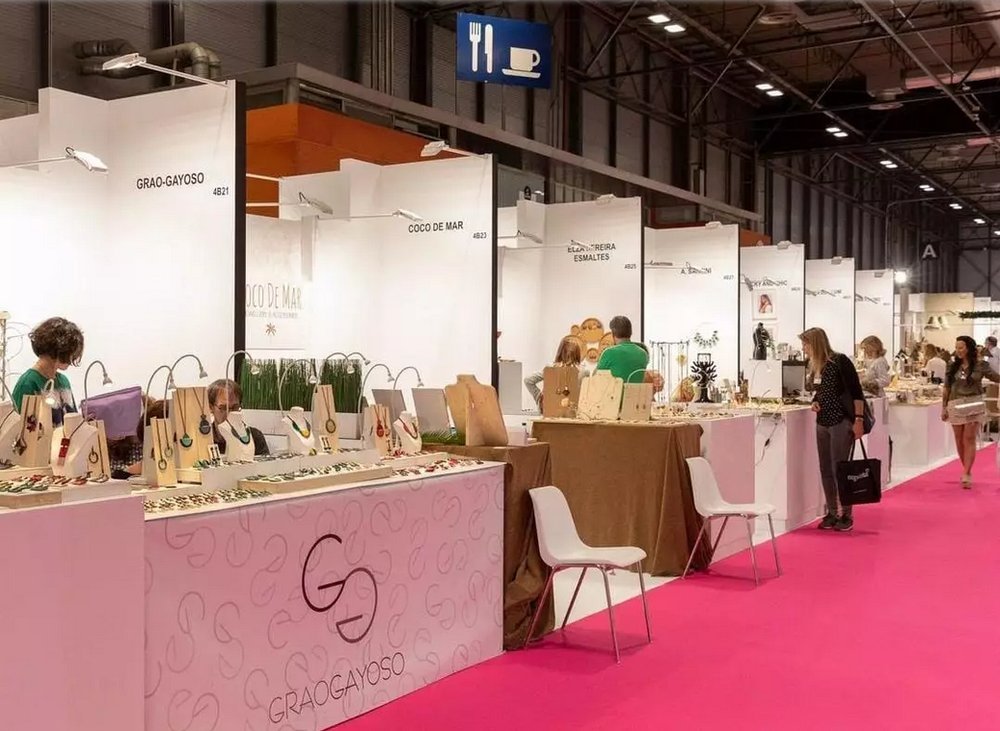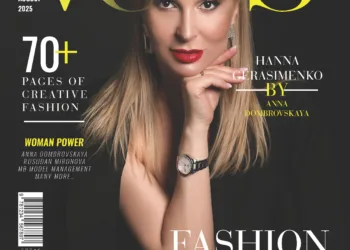Mary Quant is celebrated for her role in popularizing the miniskirt and her innovative contributions to women’s fashion during this transformative era.
Born in 1934 in South London to Welsh parents, Mary Quant’s impact on fashion history is undeniable. While the exact origins of the miniskirt are debated, Mary Quant’s visionary spirit played a pivotal role in revolutionizing women’s clothing.
Mary Quant’s journey began in the early 1950s when she pursued illustration studies at Goldsmiths University, despite her parents’ initial reservations. It was during her time at university that she crossed paths with Alexander Plunket Greene, her future husband and a significant influence on her career.
In 1955, Mary Quant, along with Alexander and their friend Archie McNair, opened the groundbreaking Bazaar shop on London’s King’s Road. This avant-garde concept store combined fashion, art, music, and even a bar, making it a hub for fashionable artists. Notable figures such as The Beatles, Audrey Hepburn, and Brigitte Bardot frequented the establishment. However, Bazaar also appealed to everyday young women, fostering a more relaxed and forward-thinking approach to fashion even before the miniskirt era.
Due to its immense success, a second shop was established in 1957, later redesigned in 1964 by Terence Conran, founder of the Habitat brand. Mary Quant, recognized for her distinctive Vidal Sassoon haircut, embodied the youthful style and creativity of the 1960s.
By the mid-1960s, the trio of visionaries had expanded to three shops. Mary Quant unveiled her pioneering designs, including the iconic short overall dress and the red plastic mackintosh with a white collar. By the end of the decade, her eponymous brand had transcended borders, reaching the US market and appearing in JC Penney stores. To broaden her appeal, Mary Quant introduced The Ginger Group, a more accessible label that gained popularity among renowned figures like supermodel Twiggy.
With her exceptional marketing skills and innovative material choices, Mary Quant diversified her offerings, encompassing DIY patterns, PVC shoes, and lycra lingerie and hosiery. In 1966, she launched a cosmetics line featuring a distinctive daisy logo. While Mary Quant’s fashion legacy evolved, her influence in the beauty industry remained steadfast.
Many individuals who lived through the 1960s, 1970s, or early 1980s likely possessed a Mary Quant palette or lipstick. The brand left an indelible mark on the youth-oriented makeup market, much like its impact on the fashion scene.
In 2000, a Japanese company acquired the Quant name, continuing to operate the Mary Quant makeup line.
Dame Mary Quant’s passing not only marks a loss for the fashion world but also for female entrepreneurship. She was a visionary whose contributions transcended the realm of fashion, as eloquently expressed by former Vogue editor Alexandra Shulman in her tweet: «RIP Dame Mary Quant. A leader of fashion but also in female entrepreneurship – a visionary who was much more than a great haircut.»


































